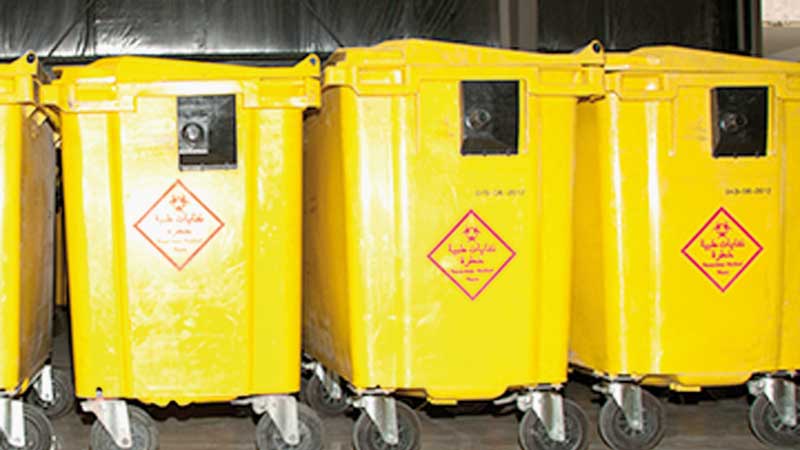

Expanding infrastructure: A fourth modern healthcare waste treatment facility is under construction in Musandam Governorate
MUSCAT, SEPT 11
An estimated 4,300 tonnes of healthcare waste were treated and disposed of at dedicated treatment facilities established at key locations around the Sultanate last year, according to the Oman Environmental Holding Services Company (be’ah), the sole entity tasked with managing all solid waste in the country.
As many as three state-of-the-art healthcare waste treatment facilities are currently in operation in the Sultanate. The largest of these is located at Al Multaqa in Muscat Governorate, while equally modern plants have been set up at Liwa (North Al Batinah Governorate) and Thamrait (Dhofar Governorate). A fourth facility is currently under construction in Musandam Governorate.
Built per international standards prescribed by the World Health Organization (WHO), be’ah’s facilities use incineration and autoclave techniques to treat medical waste. “The autoclave technology shreds and sterilises waste to make it harmless, whereas the incineration completely burns pharmaceutical, cytotoxic and genotoxic waste,” said the state-run agency in its newly published 2019 Annual Report.
According to the report, around 4,500 tonnes of medical waste are generated annually by healthcare institutions across the Sultanate. Generators include hospitals, clinics, dental practices, blood banks and veterinary premises, as well as medical research facilities and laboratories.
The lion’s share of this waste (totalling over 3,000 tonnes last year) comes from Muscat Governorate, which hosts a large concentration of government and private-run health establishments, including a number of referral and tertiary care institutions.
Significantly, around 15–20 per cent of healthcare waste comprises hazardous material that can pose serious risk of infectious contamination and injury, says be’ah. “Healthcare waste can contain infectious agents, sharp objects, toxic material, hazardous chemicals or pharmaceuticals, and can be radioactive and genotoxic. All individuals exposed to hazardous healthcare waste are potentially at risk, including those within healthcare establishments and those who handle such waste. Mismanagement or careless handling of such waste can have serious consequences on public health,” the agency warns.
be’ah says it provides healthcare waste management to all governmental and private healthcare institutions across the country on a commercial basis. Waste treatment centres are integrated with disposal facilities based on the latest scientific methods and technologies. In recognition of these world-leading standards, be’ah was presented with the Middle East Waste and Recycling Award for Best Medical Waste Treatment Practices in 2019.
Experts predict a significant uptick in healthcare waste generation during 2020 as a result of the coronavirus pandemic which has necessitated the use of prodigious quantities of, among other consumables and disposables, personal protection equipment (PPE), in the testing and treatment of people afflicted with the disease.
Oman Observer is now on the WhatsApp channel. Click here



